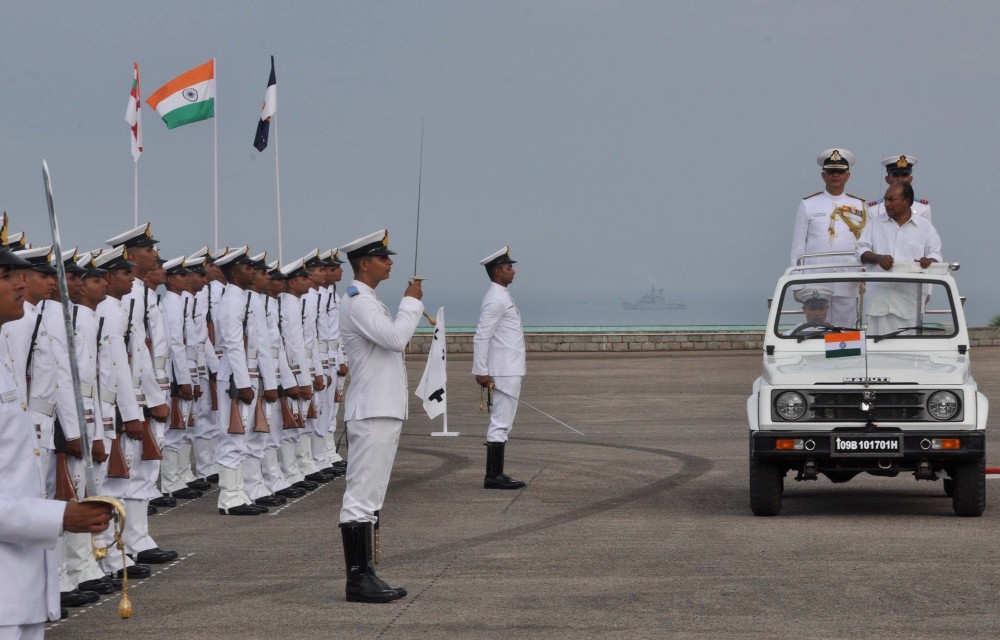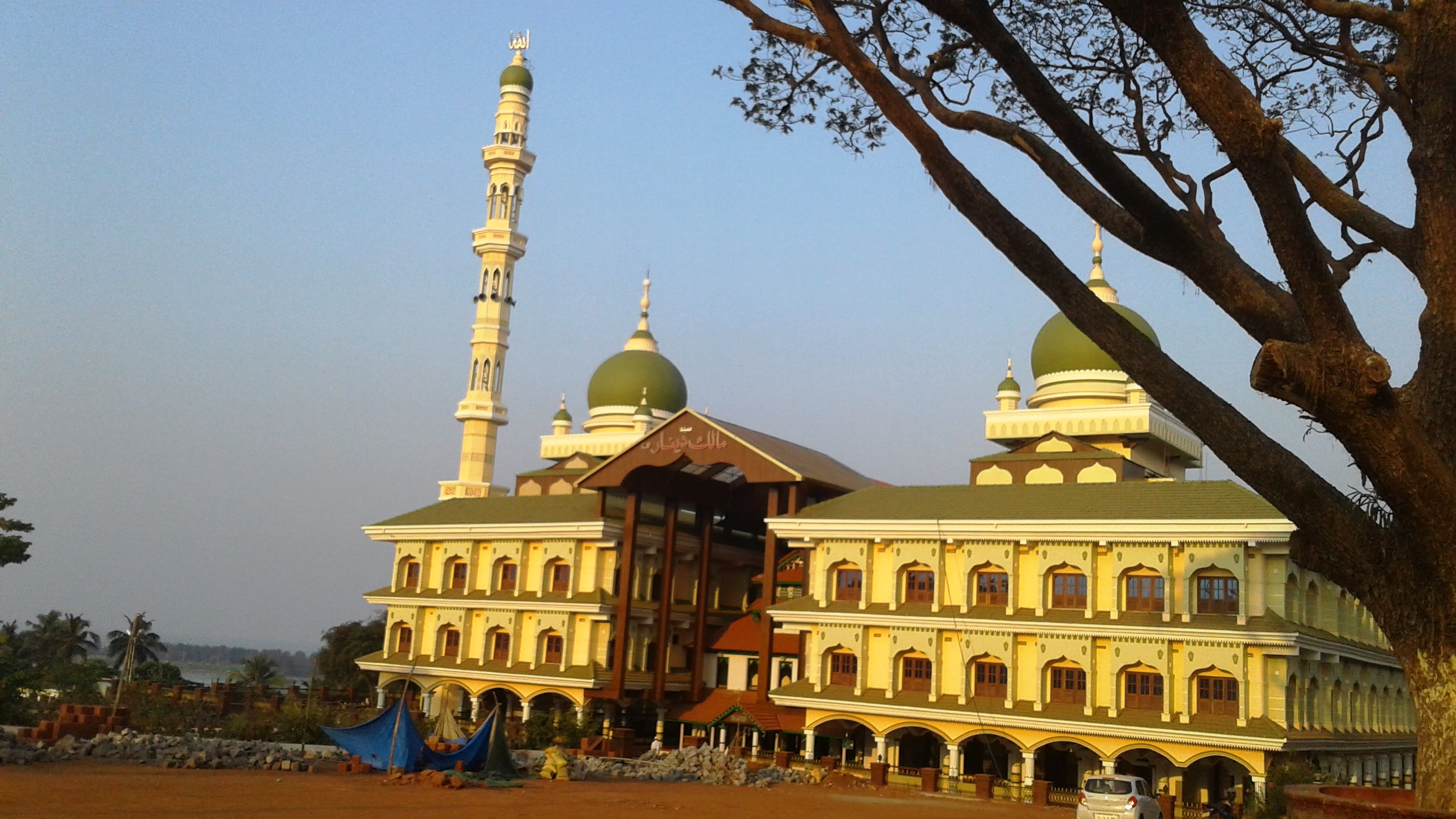|
Nannan
Mushika dynasty, also spelled Mushaka, was a minor dynastic power that held sway over the region in and around Mount Ezhi (Ezhimala) in present-day North Malabar, Kerala, India. The country of the Mushikas, ruled by an ancient lineage of the Hehaya clan of the same name, appears in early historic (pre-Pallava) south India.Gurukkal, Rajan. “DID STATE EXIST IN THE PRE-PALLAVAN TAMIL REGION.” ''Proceedings of the Indian History Congress'', vol. 63, 2002, pp. 138–150. Early Tamil poems contain several references to the exploits of Nannan of Ezhimalai. Nannan was known as a great enemy of the pre- Pallava Chera chieftains.Narayanan, M. G. S. ''Perumāḷs of Kerala.'' Thrissur (Kerala): CosmoBooks, 2013. 195. The clan also had matrimonial alliances with the Chera, Pandya and Chola chieftains. The Kolathunadu (Kannur) Kingdom, which was the descendant of Mushika dynasty, at the peak of its power, reportedly extended from Netravati River (Mangalore) in the north to Korapuzha (Koz ... [...More Info...] [...Related Items...] OR: [Wikipedia] [Google] [Baidu] |
Kolathunadu
Kolattunādu (Kola Swarupam, as Kingdom of Cannanore in foreign accounts, Chirakkal (Chericul) in later times) was one of the four most powerful kingdoms on the Malabar Coast during the arrival of the Portuguese Armadas in India, along with Zamorin, the Kingdom of Cochin and Quilon. Kolattunādu had its capital at Ezhimala and was ruled by the Kolattiri royal family and roughly comprised the North Malabar region of Kerala state in India. Traditionally, Kolattunādu is described as the land lying between the Chandragiri river in the north and the Korappuzha river in the south.Keralolpatti Granthavari: The Kolattunad Traditions (Malayalam) (Kozhikode: Calicut University, 1984) M. R. Raghava Varier (ed.) The Kolathunadu (Kannur) Kingdom at the peak of its power, reportedly extended from the Netravati River (Mangalore) in the north to Korapuzha (Kozhikode) in the south with the Arabian Sea on the west and Kodagu hills on the eastern boundary, also including the isolated islands o ... [...More Info...] [...Related Items...] OR: [Wikipedia] [Google] [Baidu] |
Ezhimala (hill, Kannur)
Ezhimala, a hill reaching a height of , is located near Payyanur, in Kannur district of Kerala, south India. It is a part of a conspicuous and isolated cluster of hills, forming a promontory, north of Kannur (Cannanore). The Indian Naval Academy at Ezhimala is the Asia's largest, and the world's third-largest, naval academy. As the former capital of the ancient Kolathunadu Kingdom of the Mushikas, Ezhimala is considered to be an important historical site. A flourishing seaport and center of trade around the beginning of the Common Era, it was also one of the major battlefields of the Chola- Chera Wars, in the 11th century. It is believed by some that Buddha had visited Ezhimala. The Kolathunadu (Kannur) Kingdom at the peak of its power, reportedly extended from Netravati River (Mangalore) in the north to Korapuzha (Kozhikode) in the south with Arabian Sea on the west and Kodagu hills on the eastern boundary, also including the isolated islands of Lakshadweep in the Arabian Sea ... [...More Info...] [...Related Items...] OR: [Wikipedia] [Google] [Baidu] |
North Malabar, Kerala
North Malabar refers to the geographic area of southwest India covering the state of Kerala's present day Kasaragod, Kannur, and Wayanad districts, and the taluks of Vatakara, Koyilandy, and Thamarassery in the Kozhikode District of Kerala and the entire Mahé Sub-Division of the Union Territory of Puducherry. Traditionally North Malabar is defined as the northern portion of erstwhile Malabar District which lies between Chandragiri River and Korapuzha River. The region between Netravathi River and Chandragiri River, which included the portions between Mangalore and Kasaragod, are also often included in the term North Malabar, as the Kumbla dynasty in the southernmost region of Tulu Nadu (between Mangalore and Kasaragod), had a mixed lineage of Malayali Nairs and Tuluva Brahmins. The North Malabar region is bounded by Dakshina Kannada (Mangalore) to north, the hilly regions of Kodagu and Mysore Plateau to east, South Malabar (Korapuzha) to south, and Arabian Sea to west. The grea ... [...More Info...] [...Related Items...] OR: [Wikipedia] [Google] [Baidu] |
Kasaragod District
Kasaragod ( and Malayalam language, Malayalam: , English language, English: ''Kassergode'', Tulu language, Tulu: ''Kasrod'', Arabic language, Arabic: ''Harkwillia'') is one of the 14 List of districts of Kerala, districts in the southern Indian state of Kerala. Its northern border Thalappady, Kasaragod, Thalappady is located just 10 km south to Ullal, which is the southernmost portion of the major port city Mangalore, on the southwestern Malabar coast of India. Kasaragod is the northernmost district of Kerala and is also known as ''Saptha Bhasha Sangama Bhoomi'' (The land of seven languages) as seven languages namely, Malayalam, Tulu language, Tulu, Kannada, Marathi language, Marathi, Konkani, Beary language, Beary, and Urdu are spoken, unlike the other districts of Kerala. The district is situated on the rich biodiversity of Western Ghats. It was a part of the Kannur district of Kerala until 24 May 1984. The district is bounded by Dakshina Kannada district to the north, ... [...More Info...] [...Related Items...] OR: [Wikipedia] [Google] [Baidu] |
Mushika-vamsha
''Mushika-vamsha'' ( IAST: Mūṣika-vaṃśa mahā-kāvyam) is a Sanskrit dynastic chronicle composed in 11th century by poet Atula.Thapar, Romila'', The Penguin History of Early India: From the Origins to AD 1300.'' Penguin Books, 2002. 394-95.Narayanan, M. G. S. ''Perumāḷs of Kerala.'' Thrissur (Kerala): CosmoBooks, 2013. 178-179. It narrates the legendary history of the Mushika dynasty, which ruled the northern part of the present-day Kerala state of India. The chronicle moves from mythological beginnings of the founding ancestors to more authentic genealogical history in later ''sargas.'' Several kings mentioned in the kavya, such as Validhara Vikrama Rama (c. 929 AD),Narayanan, M. G. S. ''Perumāḷs of Kerala.'' Thrissur (Kerala): CosmoBooks, 2013. 180-181. JayamaniNarayanan, M. G. S. ''Perumāḷs of Kerala.'' Thrissur (Kerala): CosmoBooks, 2013. 480-81. and Kantan Karivarman (Srikantha Kartha) (both c. 1020 AD)Narayanan, M. G. S. ''Perumāḷs of Kerala.'' Thrissur ( ... [...More Info...] [...Related Items...] OR: [Wikipedia] [Google] [Baidu] |
Kannur
Kannur (), formerly known in English as Cannanore, is a city and a municipal corporation in the state of Kerala, India. It is the administrative headquarters of the Kannur district and situated north of the major port city and commercial hub Kochi and south of the major port city and a commercial hub, Mangalore. During the period of British colonial rule in India, when Kannur was a part of the Malabar District (Madras Presidency), the city was known as Cannanore. Kannur is the sixth largest urban agglomeration in Kerala. As of 2011 census, Kannur Municipal Corporation, the local body which administers mainland area of city, had a population of 232,486. Kannur was the headquarters of Kolathunadu, one of the four most important dynasties on the Malabar Coast, along with the Zamorin of Calicut, Kingdom of Cochin and Kingdom of Quilon. The Arakkal kingdom had right over the city of Kannur and Laccadive Islands in the late medieval period. Kannur municipality was formed on 1 N ... [...More Info...] [...Related Items...] OR: [Wikipedia] [Google] [Baidu] |
Buddhism
Buddhism ( , ), also known as Buddha Dharma and Dharmavinaya (), is an Indian religion or philosophical tradition based on teachings attributed to the Buddha. It originated in northern India as a -movement in the 5th century BCE, and gradually spread throughout much of Asia via the Silk Road. It is the world's fourth-largest religion, with over 520 million followers (Buddhists) who comprise seven percent of the global population. The Buddha taught the Middle Way, a path of spiritual development that avoids both extreme asceticism and hedonism. It aims at liberation from clinging and craving to things which are impermanent (), incapable of satisfying ('), and without a lasting essence (), ending the cycle of death and rebirth (). A summary of this path is expressed in the Noble Eightfold Path, a training of the mind with observance of Buddhist ethics and meditation. Other widely observed practices include: monasticism; " taking refuge" in the Buddha, the , and the ; ... [...More Info...] [...Related Items...] OR: [Wikipedia] [Google] [Baidu] |
Madayi
Madayi (a.k.a. Madai). is a Census Town and Grama panchayat in Kannur district of Kerala state, India. Bhagavathy shrine, Madayi Kavu (Thiruvar Kadu Bhagavathi Temple) where devotees worship Bhadrakali, is located here. The Goddess is one of the family deity of the Chirakkal Royal family, and the temple is known for the ''Koyikalasham'' (Offering of chicken). The temple was one of the few to survive desecration by the armies of Tippu Sultan, which devotees attribute to the grace of the Goddess. The Kolathiri Rajahs were the administrators of the temple, however recently the administration was transferred to the Malabar Devaswom Board. Nearby is the Vadukunnu Temple dedicated to Shiva. The temple was razed by followers of Tippu Sultan in the 18th century, but the temple has been rebuilt and is a vibrant centre of religion in the region. Madayi is also well known for the '' Malik Ibn Dinar mosque''(a.k.a. Madayi Palli). This ancient mosque is believed to have been original ... [...More Info...] [...Related Items...] OR: [Wikipedia] [Google] [Baidu] |
Manigramam
Manigiramam, or manigramam, typically refers to a medieval merchant guild, organised by itinerant ethnic Indian traders, primarily active in south India.Noburu Karashmia (ed.), ''A Concise History of South India: Issues and Interpretations.'' New Delhi: Oxford University Press, 2014. 136-144. Along with the Five Hundred Lords of Ayyavolu, ainurruvar (the Ayyavole Five Hundred) and the Anjuvannam, anjuvannam (the anjuman), the manigiramam played a major role in the commercial activities of the region.Noburu Karashmia (ed.), ''A Concise History of South India: Issues and Interpretations.'' New Delhi: Oxford University Press, 2014. 136. Unlike the anjuvannam which was confined to the port-towns of south India, the manigramam is found both in the port-towns and in the hinter-land trade centres. A body of merchants known as "the Vaniggrama" or "Vaniyagrama" attest its presence in north India as early as first century BC. They appear in a Karle inscription (first century BCE), a chart ... [...More Info...] [...Related Items...] OR: [Wikipedia] [Google] [Baidu] |
Anjuvannam
Anjuvannam (in Tamil and Malayalam, from Persian anjuman, and hanjama or hanjamana in Telugu or Kannada or hamyamana) typically refers to a medieval merchant guild, consisting of non-Indian traders (ethnic Persians and Arabs), primarily active in south India.Noburu Karashmia (ed.), ''A Concise History of South India: Issues and Interpretations.'' New Delhi: Oxford University Press, 2014. 136. Along with manigramam and ainurruvar (the Ayyavole Five Hundred), the anjuvannam merchant guild played a major role in the commercial activities of the region. Unlike manigiramam, which was also operating in Indian hinterland, the presence of anjuvannam is found only in coastal towns. The guild of anjuvannam was organised by West Asian traders that included Jewish, Syrian Christian, Muslim and Zoroastrian Parsi merchants operating in south India (mostly Indian Ocean trade). Historian Y. Subbarayalu had defined the anjuvannam guild as a "body of West Asian traders". The merchants genera ... [...More Info...] [...Related Items...] OR: [Wikipedia] [Google] [Baidu] |
Kshatriya
Kshatriya ( hi, क्षत्रिय) (from Sanskrit ''kṣatra'', "rule, authority") is one of the four varna (social orders) of Hindu society, associated with warrior aristocracy. The Sanskrit term ''kṣatriyaḥ'' is used in the context of later Vedic society wherein members were organised into four classes: ''brahmin'', kshatriya, ''vaishya'' and ''shudra''. History Early Rigvedic tribal monarchy The administrative machinery in the Vedic India was headed by a tribal king called Rajan whose position may or may not have been hereditary. The king may have been elected in a tribal assembly (called Samiti), which included women. The Rajan protected the tribe and cattle; was assisted by a priest; and did not maintain a standing army, though in the later period the rulership appears to have risen as a social class. The concept of the fourfold varna system is not yet recorded. Later Vedic period The hymn ''Purusha Sukta'' to the ''Rigveda'' describes the symbolic creation ... [...More Info...] [...Related Items...] OR: [Wikipedia] [Google] [Baidu] |




.png)
